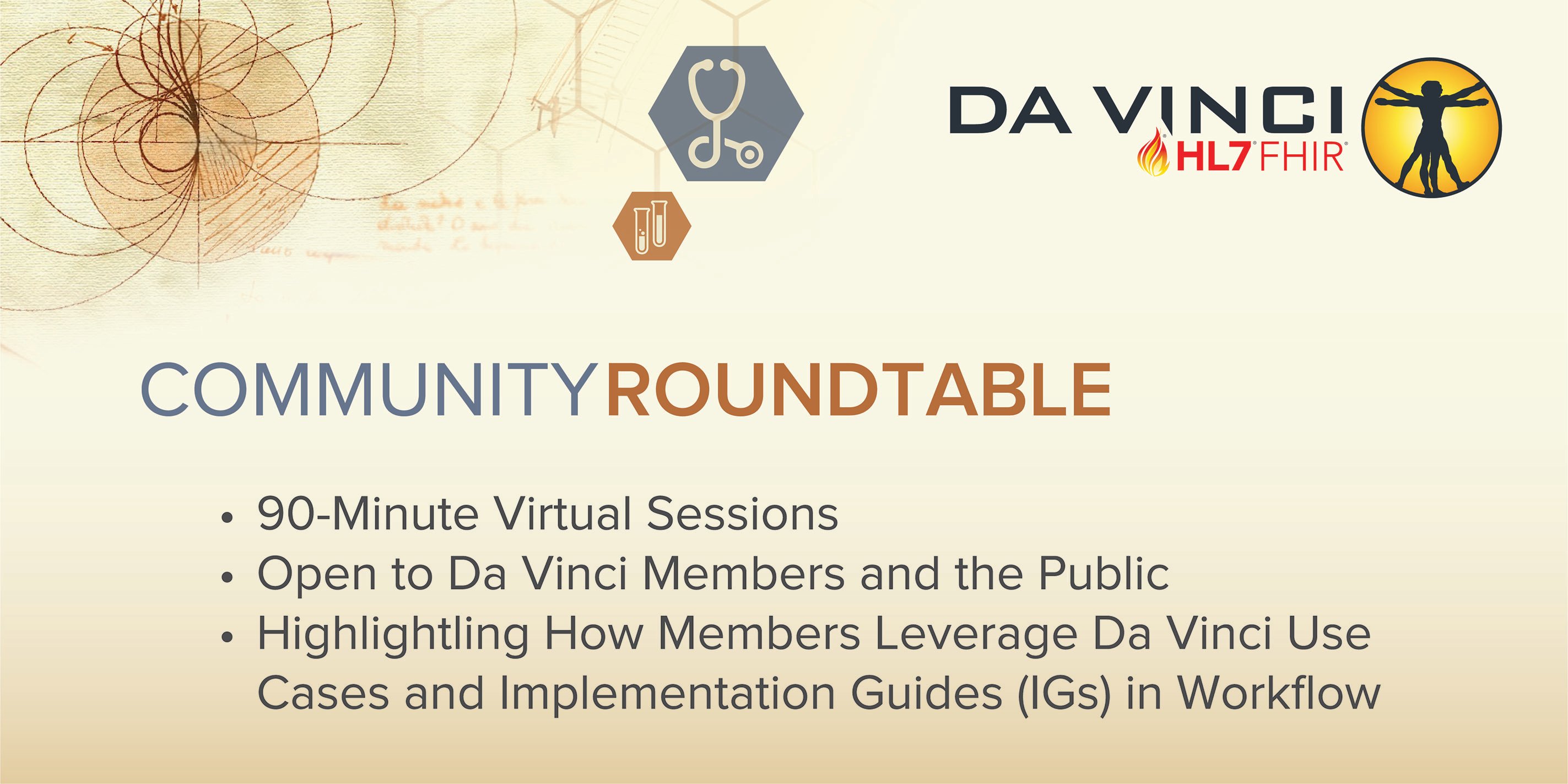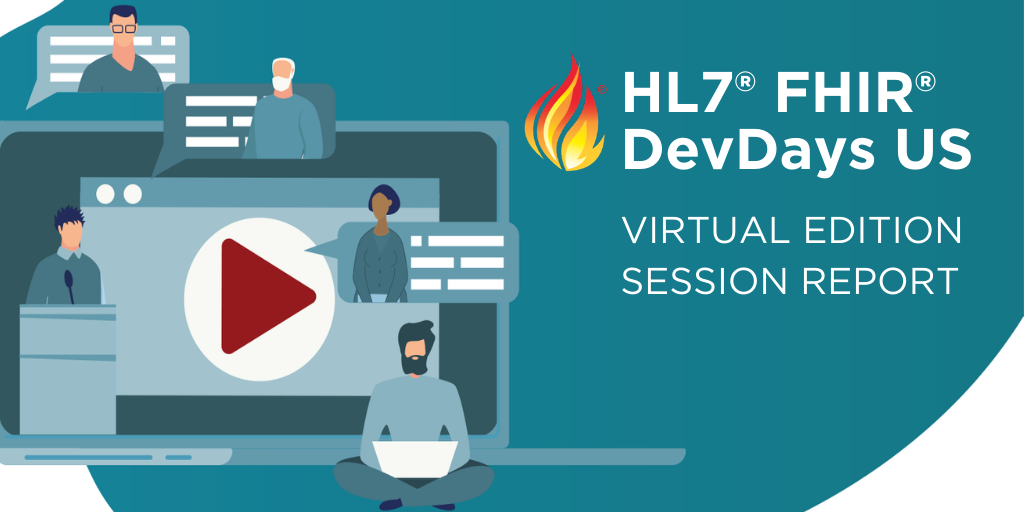Multi-stakeholder initiative aims to use widely accepted health care standard to enable data exchange to streamline translational and clinical research
HL7 recently announced the launch of its newest FHIR Accelerator, Project Vulcan, which seeks to use its widely recognized data exchange standards to help health care researchers more effectively acquire, exchange and use data in translational and clinical research.
The effort, called Vulcan, intends to use a model for collaboration among diverse stakeholders in the translational and clinical research community to define a common set of standards that can be implemented internationally, built on current agreements to use the HL7 Fast Healthcare Interoperability (FHIR®) standard to facilitate data exchange.
“Improving data sharing can bring significant benefits to medical research, which is often a time-intensive and costly process that unnecessarily delays progress in discovering treatments for medical conditions because researchers are unable to share critical information,” said HL7 International CEO Charles Jaffe, MD, PhD, “Project Vulcan aims to develop common solutions to help partners overcome these challenges.”





